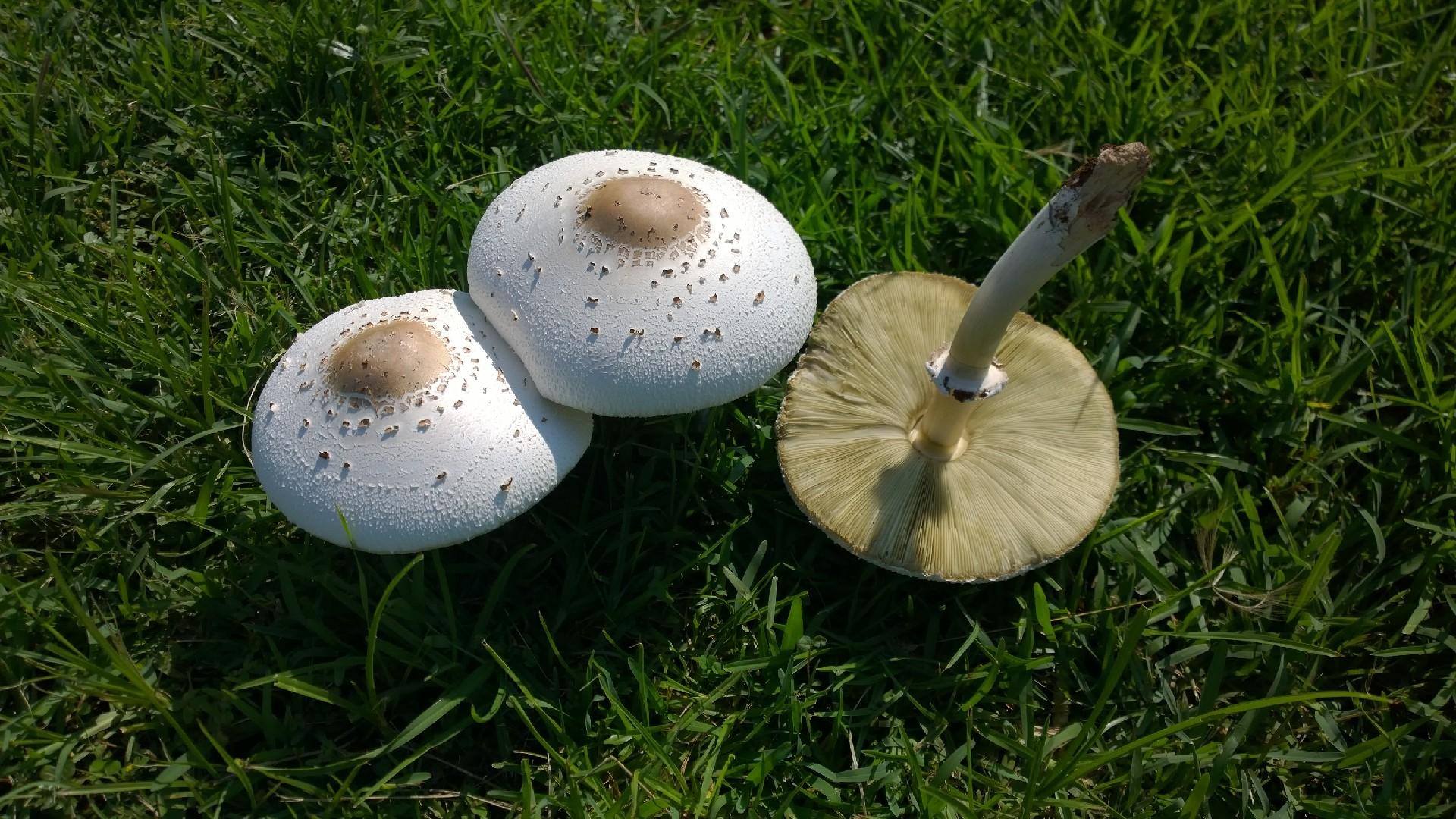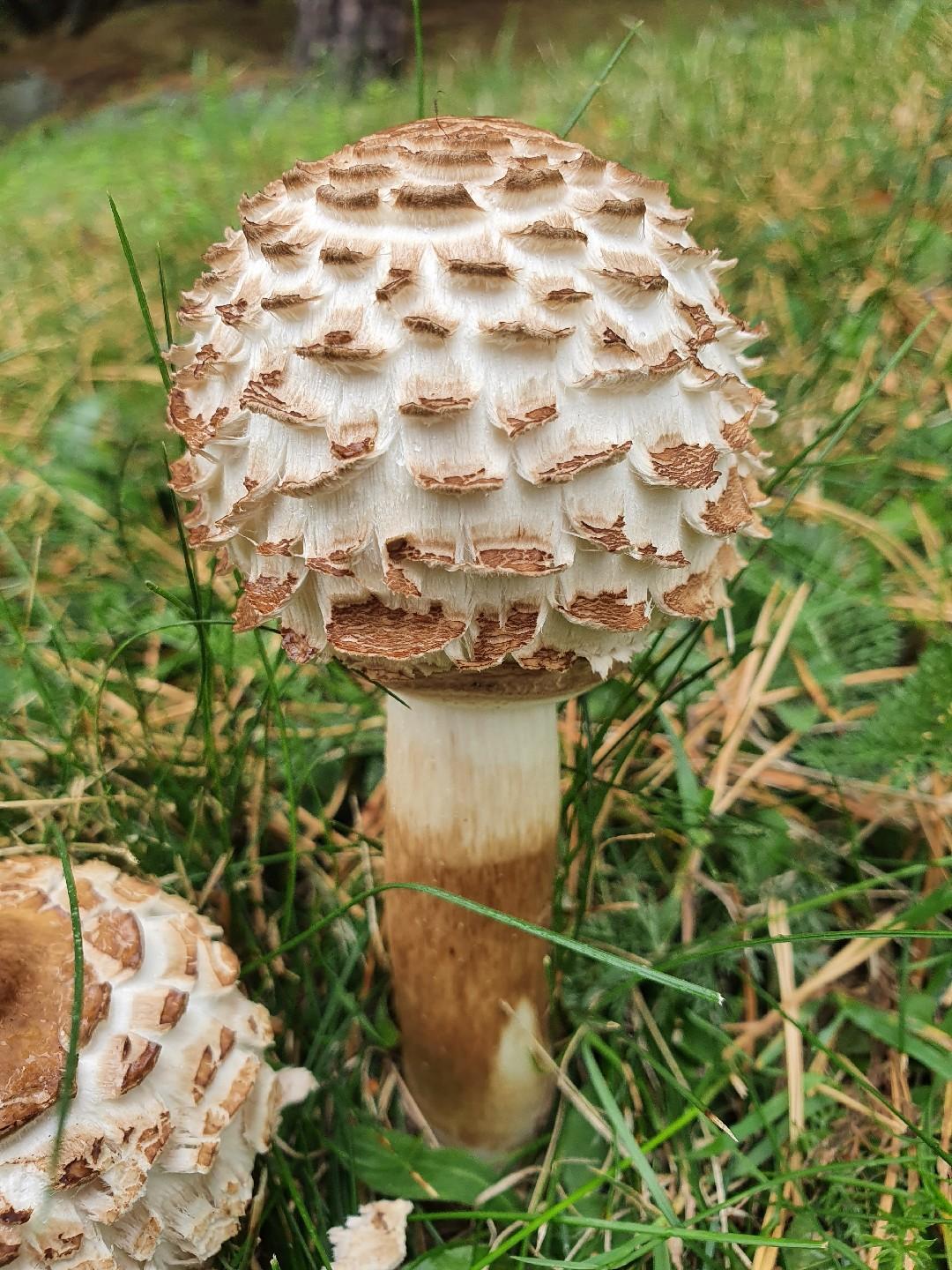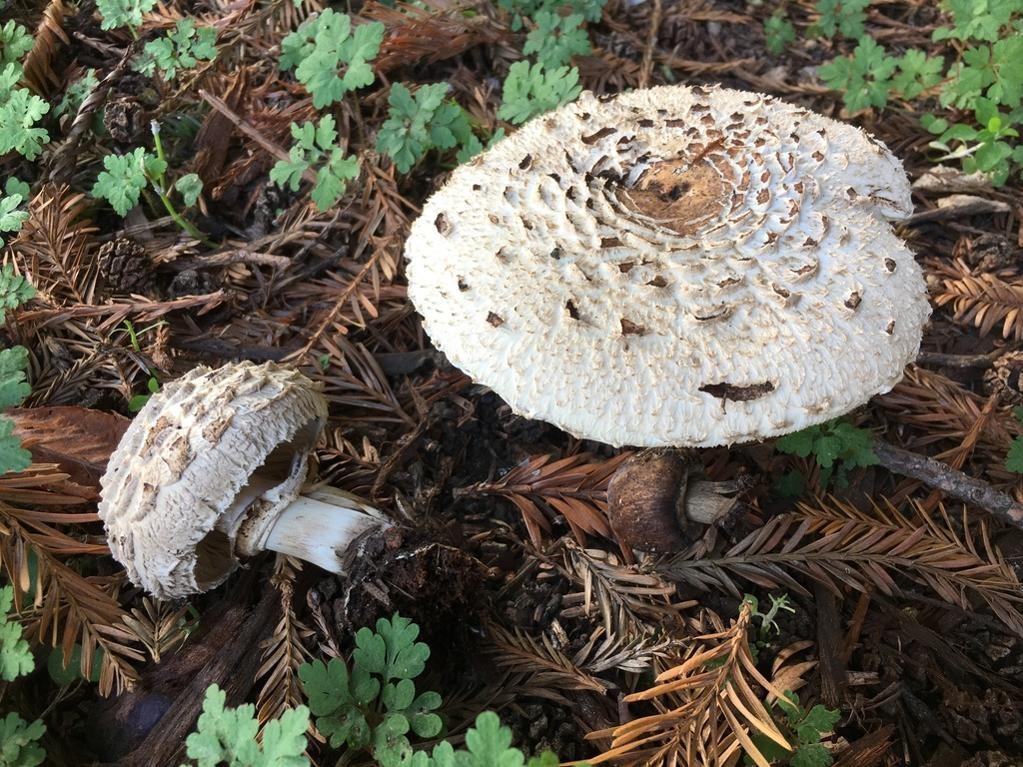

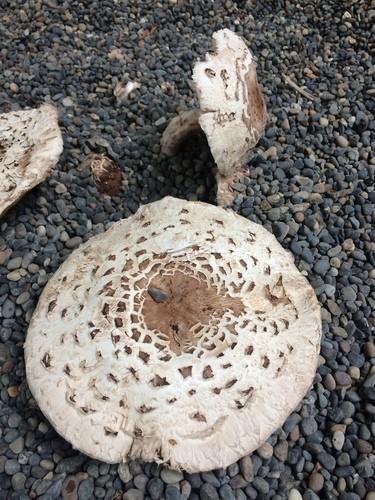
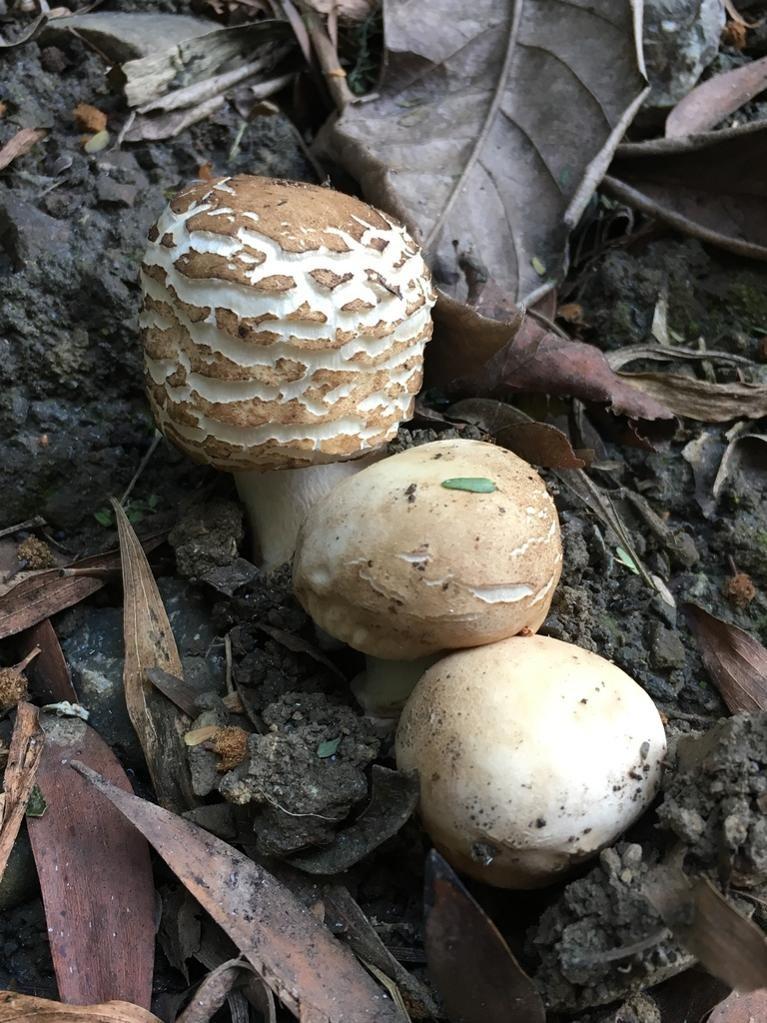
Shaggy parasol
Chlorophyllum brunneum
A species of Chlorophyllum.
The woolly parasol appears individually or in clusters from spring through autumn. It thrives in various habitats, including grassy areas, cultivated spaces, and wooded environments. This species is known to trigger allergic responses. Accurate identification is crucial due to its striking resemblance to the highly toxic Amanita mushrooms.
Attributes of Shaggy parasol
Scientific Classification of Shaggy parasol
Toxicity and Edibility of Shaggy parasol
Is Shaggy parasol Toxic?
The edibility and toxicity of the shaggy parasol are highly debated, mirroring its uncertain classification. While some accounts suggest it's safe to eat, most experts highlight its poisonous properties. This ambiguity may stem from its resemblance to the toxic Chlorophyllum molybdites (false parasol), leading to a general recommendation against foraging for the shaggy parasol, particularly for novice mushroom enthusiasts.
Is Shaggy parasol Toxic to Dogs?
Shaggy parasol can be dangerous to dogs. If your pet has consumed this mushroom, seek immediate veterinary attention. Symptoms may vary, but early intervention is crucial for the best outcome.
